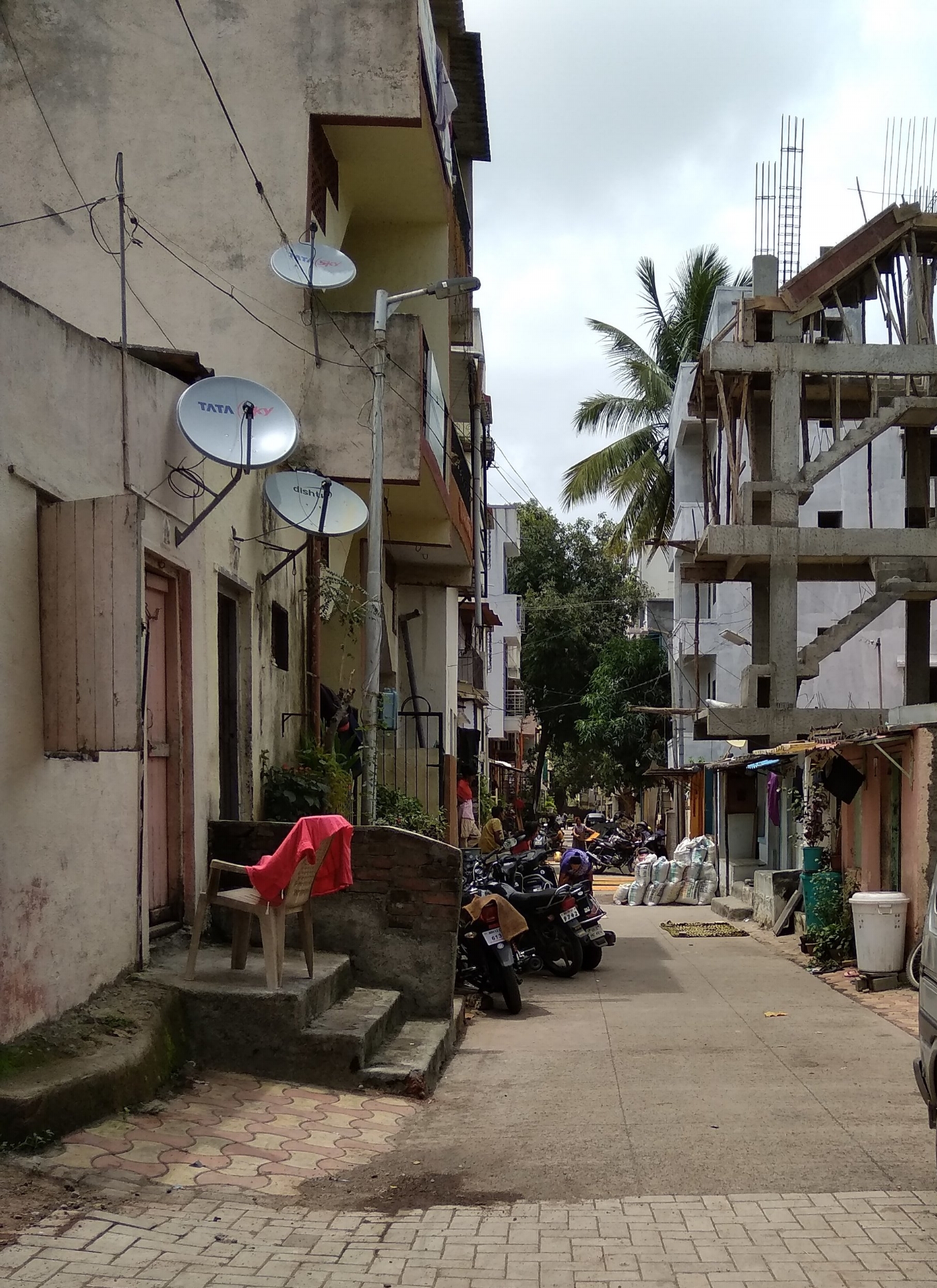design research, experience design
Bridging the gap between the unorganised and organised wood working sector
An upcoming modular kitchen and modular wardrobe company had an objective to target the unorganised sector by bridging the gap between the organised and unorganised sectors and capturing 90% of the Indian market.
Saviesa, is a brand formed by pioneers in the kitchen industry, who have been in the market for the last 25 years. They believe that the more one can help consumers visualize their aspirations of a kitchen, the more they are willing to take a buying decision. They offer a better design and proper coordination in all elements that go into making the kitchen more attractive.
Project goals
To bridge the gap between the carpenter network and Saviesa.
To enable the unorganised sector to learn new & improved methods of wood working.
To build communication and collaboration methodologies for different stakeholders of the woodworking sector.
To build powerful stories for end customers as well as the carpenters and build Saviesa’s brand image.
To educate customers about the value that Saviesa offers.
Eventually, create a training module for the carpenters and other stakeholders to use Saviesa products.
Approach
In order to bring a shift in the market and the current practices of woodworking, it was crucial to empathise with all the stakeholders in the system.
The research was conducted using multiple research methods such as interviewing, shadowing, observing, among others.
The study focused on:
Understanding the behavior, motivations, and aspirations of the woodworkers.
Their household, workshops, sites along with the recreational spaces in which they interact.
There were many community visits carried out to understand the activities they took part in, with or without their family.
Other points of the study included Social and Economical status, Working methodology and beliefs, Education and infrastructure surrounding them, Details about kitchen construction
Geographies
Pune
Mumbai
Carpenters
The focus was on the carpenters and the contractors who seemed to dominate the market most.
However, while digging deeper, it was found that not only was the organised sector dissatisfied, but also the unorganised sector was also not too happy with the inadequate, incomplete and sparse changes in the market. No stakeholder worked within any structure, thus creating a market block.
The point of contact for all stakeholders were the hardware stores. These also had a set of pain points with respect to the kitchen industry.
Customers
An in-depth understanding of the end customers is one of the key focus points while doing a project like this. Articulating their needs, beliefs and inspirations, and their approach to this industry gave a deeper understanding of the market.
There were more than 40 interactions with users. This was documented through different design thinking tools.
Research Document outlining the Market study, field research in two target cities, stakeholders interviews, insights through observation and expert interviews.
Developing insights
Outcome
There were three approaches that were highlighted through this research.
Each approach had a different set of pain-points that had to be addressed. For instance, if the company approaches the carpenters directly, they had to make sure they address issues like supporting their dreams, take care of educating the carpenters, give them the respect which was lacking when they worked with other stakeholders.
Taking into consideration all the pain points, in the three approaches, up to four system-level interventions were shortlisted. These interventions covered the following aspects - viability, feasibility, longevity, and scalability.
The solutions cannot be disclosed right now due to confidentiality.
















